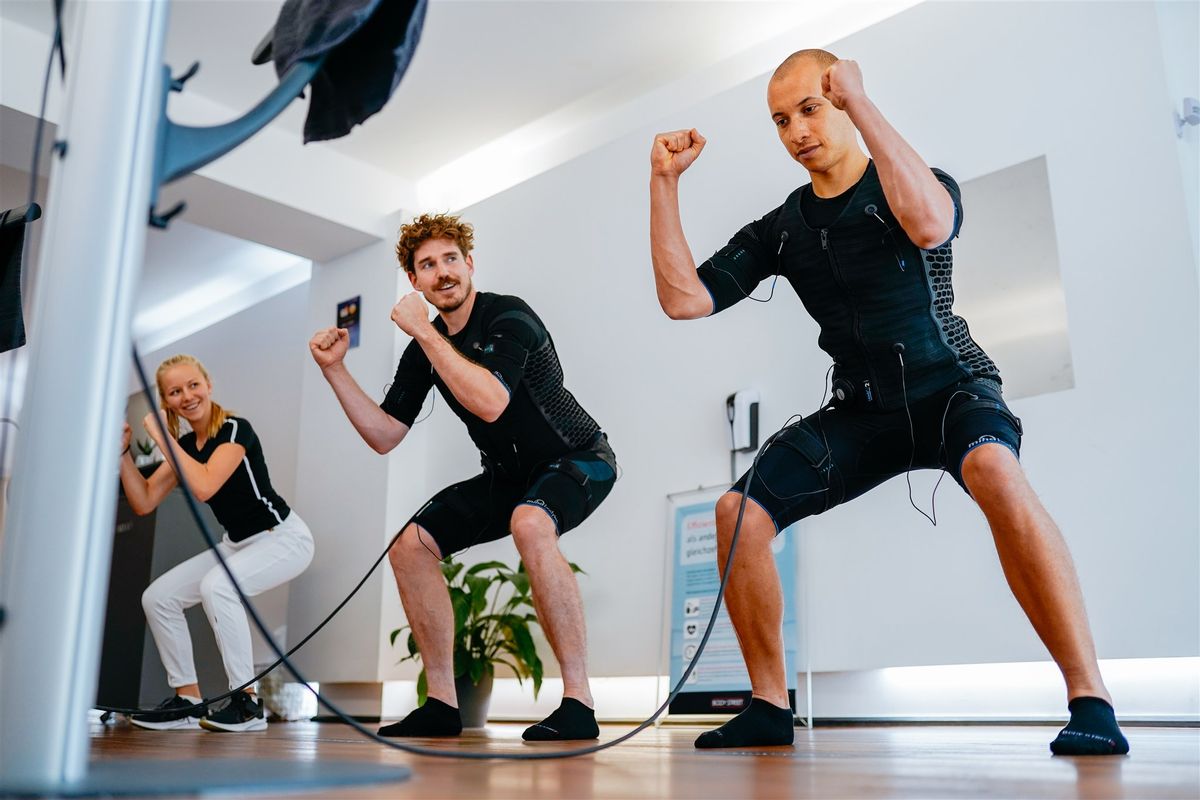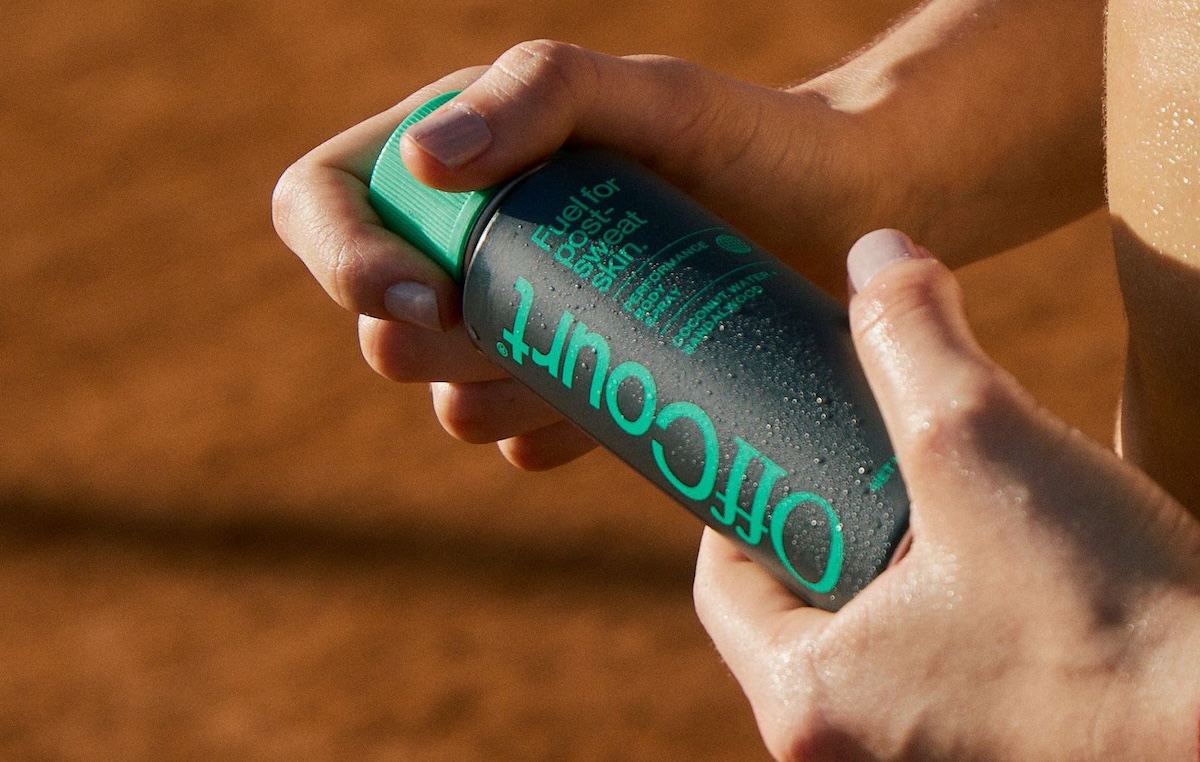Touting efficiency and accessibility, EMS training is literally shocking American exercisers.
What it is: Electro muscle stimulation, or EMS, training utilizes body suits or sleeves to deliver low-frequency electrical impulses, activating major muscle groups at increasing levels of intensity.
Combined with functional movement—usually conducted in a ~20-minute personal training session—the modality promises to increase strength and muscle mass without external load. Additional claims include improving speed, cardiovascular performance, blood flow, and recovery.
Shock the world. Already popular globally, with over 13K full-body EMS studios open worldwide (including 2.5K in Germany alone), the FDA-approved technology has been quietly scaling in the US.
Benefiting from a franchise model, it’s about to be everywhere.
- LA-based BODY20 announced its 200th signed franchisee and secured $30M for further expansion in 2023.
- After opening its flagship studio in Scottsdale last year, OHM Fitness has 150 locations under development in nearly 10 states.
- Germany-based Bodystreet franchises 300+ studios in seven countries, including two that opened in Florida during the pandemic.
Meanwhile, Seattle-based Katalyst, which recently raised $26M, started as a standalone studio before pivoting to consumer and commercial markets. OHM intends to compete with its own at-home suit, shipping this May.
Why it matters: Time is precious. And not having enough of it is a barrier to exercise. That means fitness seekers are finding favor in a growing range of short, effective workouts.
- The Exercise Coach, which uses software-driven isokinetic strength machines in 20-minute workouts, counts 155+ franchises nationwide.
- Self Esteem Brands-owned Basecamp Fitness, known for its 35-minute workouts split between strength training and air bike, has 35+ studios in development.
- Studios like Row House and CITYROW—and numerous connected fitness competitors—sell exercisers on a 20-minute workout that works 86% of the body.
Fad or for real. Consumers are right to be skeptical — as time-saving fads like electric ab-training belts fizzled under questionable science.
Looking ahead: Does EMS actually work? A few clinical studies say yes, but it’s unclear if it’ll be an effective (and affordable) training tool for the mass market.
However, as Katalyst CEO Bjoern Woltermann told us, the workout may have the largest impact on aging populations and those with MSK conditions:
“Over the next five years, we’ll leverage this technology to help more people access fitness for the first time, prevent or reverse conditions related to aging and atrophy, and extend the healthy human lifespan.”
For now, EMS operators still have to prove their staying power.
 Bodystreet
Bodystreet

